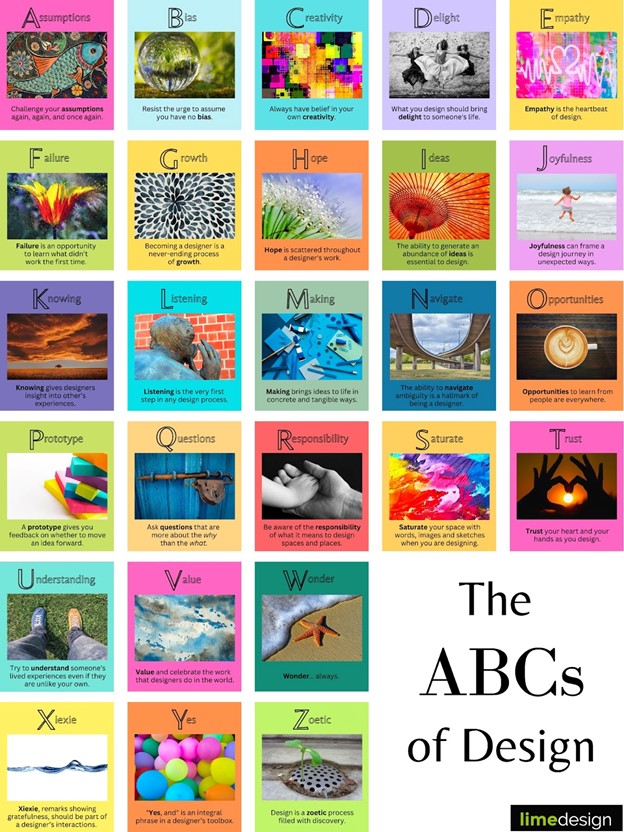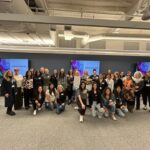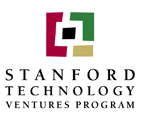Using heads, hearts and hands for impactful learning experiences
While searching through my cluttered garage, I came across a tattered book that I used to read to my children. I found myself absorbed in the story and it made me realize how words and pictures have the power to evoke strong emotions.
It also made me reflect more deeply about Literacy in the Making, a program we have been delivering virtually to educators and students over the past two years. The goal of this program is to combine literacy skills, social-emotional skills and making skills. At the heart of every session is a picture book focused on a theme such as empathy, kindness or resiliency.
These themes have unlocked a variety of emotions in our literature discussions. Explore four key takeaways from our joy-filled experience.
1. Picture books can elicit strong emotions.
In the book The Thing Lou Couldn’t Do by Ashley Spires, the main character, Lou, has never climbed a tree before and isn’t sure she can do it. As her friends try to encourage her, she procrastinates, makes excuses, and hides her fear by pretending she doesn’t really care.
We found that a strong emotional connection to Lou occurred whether we were working with teachers in a professional development setting or with a classroom of elementary school students. The level of questions and discourse differed, but the vicarious and compassionate understanding of Lou’s struggles as she tried to find the courage to climb a tree remained the same.
2. Picture books are not just for young learners.
After learning that picture books can help support the well-being of older students, we began experimenting with offering Literacy in the Making to high school teachers and students. We found that picture books can be used to teach content and multiple literacies, influence social and emotional development, and deepen students’ understanding of historical issues. This was a delightful and unexpected surprise.
It reminded us that in this age of re-examining what schools might be, it is essential to push boundaries, challenge assumptions and imagine new possibilities for teaching and learning.
3. It can be easier to talk about feelings when you can see a character’s face in a story.
Interpreting images is a high-level critical thinking skill. As our participants listened to the story and looked at the fear and uncertainty on Lou’s face as she tried to join in her friends’ adventures, they recalled experiences of their own. Both teachers and students shared stories of bravery and failure and all the powerful emotions surrounding them — trepidation, pride, anxiety, and pits of fear in one’s stomach. Their stories ranged from diving off a rocky cliff to riding a two-wheel bicycle.
Making sure that schools are places where we can share ourselves and our vulnerabilities is essential to creating spaces where belonging matters. Our classrooms need to be these kinds of spaces.
4. Making opens up multiple ways to express oneself and encourages creativity and experimentation.
With the prompt, “Make something that shows your understanding of the story,” we provided students with a broad space for interpretation. We were able to get teachers and students to think more deeply by inviting them to build with their hands. For some, it provided an opportunity to reflect as they engaged in the building process. For others, it was about synthesizing the story in order to create something that truly resonated with their understanding of the story.
Creativity takes many forms; being able to express oneself through multiple modalities can provide opportunities for authentic dialogue and more personalized instruction in our classrooms.
One of the most important parts of launching something new is something we often forget — the process of reflecting on what has been learned. We began with an insight — that something was missing in literacy classrooms when the bulk of students’ responses to what they were reading happened through talking and writing. Yet when we launched this pilot, we weren’t sure if mixing literacy, social-emotional learning and making was the right way to make a change. We prototyped the program in several schools, and saw how the students and teachers responded. This gave us confidence to continue our journey towards opening up new possibilities for literacy learning.
We will continue to experiment with Literacy in the Making and use our own heads, hearts and hands to build more impactful learning experiences for students and teachers.

This post was originally posted on Creative Educator: New Possibilities for Picture Books












